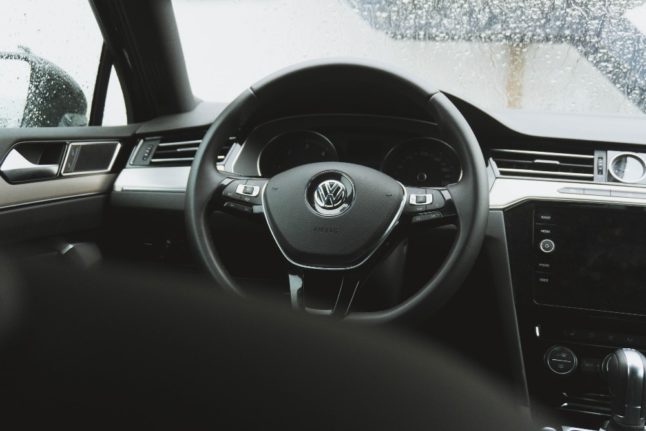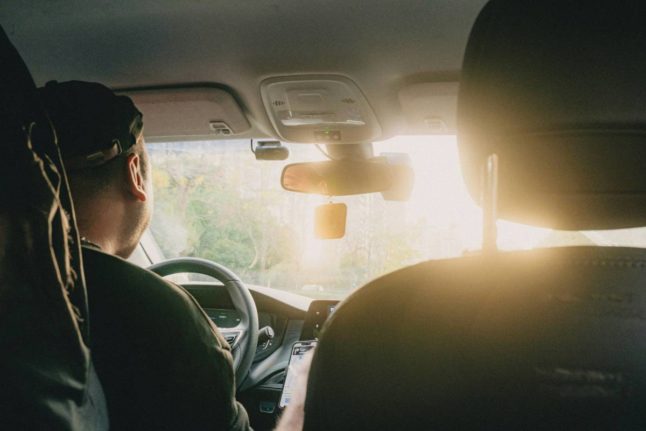Although it is expensive to own a car in Denmark, there are a few things you can do to help reduce the cost. Some are more accessible than others, depending on the budget you are starting out with.
Buy an electric car… soon
Buying an electric car (provided you budget allows it) can seem like a no-brainer not just for environmental reasons but also because the registration tax (afgift) on new models is cheaper for electric and hybrid cars than it is for petrol and diesel models.
You’ll have to be quick, though. As motorists’ association FDM explains, the phasing-out of the discounted registration tax for electric cars begins next year, while a number of other subsidies will also be cut.
The system itself is complex, but to take one example, a hybrid purchased for 250,000 kroner in 2023 will be eligible for 24,570 kroner in registration tax, but buying the same car next year will cost 34,198 kroner or an additional 9,628 kroner in tax. This numbers are for a specific battery type and CO2 emission rating, which also affect the tax.
However, owning an electric car will still save you money on annual road taxes even after the registration tax subsidy is phased out.
Road tax or ejerafgift is calculated on the basis of your vehicle’s CO2 emissions (for cars registered from 2021) or fuel economy (cars registered between 1997 and 2021), so in either of these cases, electric and hybrid vehicles will elicit lower road tax.
Buy from dealership or private seller?
There are several factors to consider when weighing up whether to buy a used car from a private or commercial seller, and these can include your budget and the amount of time you can devote to finding the right motor for you.
If you buy a used car from a commercial seller, existing faults are covered by warranty for two years under the Danish consumer law reklamationsretten. Faults that occur after you buy the car are not covered by this, but commercial sellers sometimes offer guarantees to this end which can be purchased.
Cars bought from dealerships are also likely to have been thoroughly inspected at the company’s mechanical department before being put back on the market, while buying privately is more likely to involve a ‘sold as seen’ type agreement, meaning you have less recourse if there is a mechanical failure following the purchase.
Buying a second hand car privately is likely to be cheaper than buying the equivalent vehicle from a dealer, however, and you are more likely to be able to negotiate the price.
READ ALSO:
- How strict are the punishments for driving offences in Denmark?
- Six things to know about buying a used car in Denmark
Refuel when and where it’s cheapest
There’s a decent saving to be made if you keep across the price of petrol or diesel, which can vary according to the time of day and the location of the gas station.
This also applies to electric vehicles, because the price for recharging at stations can also vary.
Although fuel prices in Denmark are primarily determined by three factors – international oil prices, the strength of the dollar and tax and VAT – a fourth element, local competition, means the price is not universal.
Local competition can also mean it’s an advantage to refuel in cities, where there are more competitors, than in rural areas, where fuel stations are more sparse.
As well as checking which stations have the cheapest prices on a given day, many offer loyalty rewards for customers who use their payment card systems. These aren’t always in the form of cash discounts but do offer various benefits.
There’s no single platform or aggregator that directly compares prices at different stations, so you’ll have to do the legwork yourself. However, most of the companies which operate petrol/gas stations in Denmark update their websites daily, showing the current price on any given day.
READ ALSO: How and where to get the cheapest fuel in Denmark
Use ride sharing
Do you plan to drive a popular route between two major cities? Or could you do a pickup and drop-off along a route? Then consider using a ridesharing service like GoMore, through which you can offer the spare seats in your vehicle to additional passengers.
You can set the price yourself (but the app can also make recommendations), but it should aim to be competitive with other options available to potential ride sharers (like bus or rail fares), while also covering the cost of fuel for additional weight and making you a bit of money back.
GoMore can also be used to privately rent out your car during days or periods when you won’t be needing it.
Shop around for insurance
Denmark has good competition in its insurance sector, with several companies including Tryg, Alm. Brand, Gjensidige and IF among those offering coverage for your car.
It’s therefore a great idea to shop around and get several quotes before deciding on a provider, because the competition means you could save on your premium.
Make sure you take out the policy that is right for you, taking into account the various important factors that you might need coverage for. These include but aren’t limited to roadside assistance, fully comprehensive cover, cover for driving abroad and high mileage.
READ ALSO: What’s it like driving from Scandinavia to the UK with a young family?



 Please whitelist us to continue reading.
Please whitelist us to continue reading.
Member comments